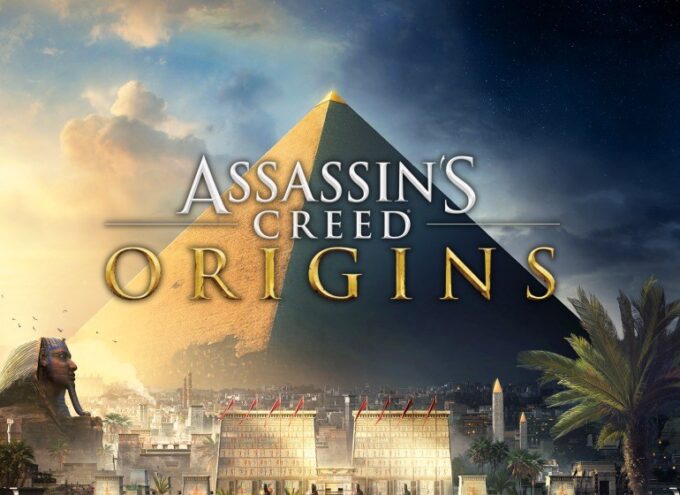Degica Games have a reputation for bringing a variety of well known Japanese shoot ‘em ups (also called SHMUPs or STGs) to Steam. From bigger titles like DARIUSBURST Chronicle Saviours to smaller indie titles like Crimzon Clover: World Ignition they’ve given the genre a new lease of life on the modern PC platform.
Their newest addition to the roster is the quirky first installment in Alfa System’s Castle of Shikigami series.
The game takes place in July 2005 where a string of serial murders has taken place, after 32 of these the authorities decide it is supernatural in origin and so recruit a handful of psychics to deal with it… via flying and mind bullets obviously.
Clearly the plot is silly but the game’s cast are an varied bunch with each of the six playable characters having unique dialogue with the various bosses at the end of each stage.
The characters are a diverse but typical anime selection; Kohtarou, the confident teen; Sayo, the shrine maiden; Gennojou, the mysterious older man; Fumiko, the overtly evil german witch with an awesome hat; Kim, a guitar-case wielding Korean Taekwondo instructor and finally Tagami who is actually from an older Alfa System game, Elemental Gearbolt for the original PlayStation. Some of those perhaps aren’t that typical…
Each of the characters has a regular attack, an alternative or shikigami attack performed by holding down the attack button and a bomb attack. These are different for all six of the characters and make them all play in very different ways.
For example Kohtarou’s normal attack is a straightforward blast with a spread of 2-4 projectiles and his shikigami attack summons a spirit who auto-attacks enemies on screen while Sayo fires a spread of cards in a narrow cone with her shikigami attack being a close-range slash which can absorb enemy fire.
This adds a lot of replay value as you learn the game and try to push for higher scores.
Onto the scoring mechanics then, Castle of Shikigami’s scoring system utilises a system known in the SHMUP community as grazing. Grazing is simple to grasp, dodge bullets tightly so you can almost feel them brush past you and your potential to score highly improves.
The closer you are to an enemy or bullet the higher the multiplier you get for enemies you are destroying.
The game calls this the Tension Bonus System (TBS) and displays this as an aura around your character, a green outline for safe and a red outline to tell you not to sneeze as you’ll meet imminent death.
Grazing projectiles also causes your attack to power up, allowing you to rip through enemies like they aren’t even there. These systems work together to really offer some solid risk-reward gameplay, if you are going for highscores you need to put yourself at risk but you get a nice firepower boost as a reward.
Each enemy destroyed drops a coin, these coins add to your score and are worth more the more you collect. They are also the only way to power up your attack which has four levels, getting hit drops the level by one. Killing enemies with your shikigami attack auto-collects the dropped coins from those kills too which again plays into the very heavy risk-reward structure this game has.
Let’s touch on the game’s problems… the game is extremely difficult, even on Very Easy.
This is a shame as in a lot of ways Castle of Shikigami could be a great introduction to bullet hell shoot ‘em ups and their mechanics, it even starts off quite inviting but the difficulty ramps up to crazy town around stage 3-1, just over half-way through.
If you are already a fan of the genre then this won’t phase you but it feels like a missed chance to retune the lower difficulties to make more sense as learning tools.
The port itself is hit and miss, this is the first time the game has come to the West with the story elements and dialogue sections intact (the PlayStation 2 port inexplicable got localised as Mobile Light Force 2 and was gutted beyond just losing the story) but the translation doesn’t feel great, it’s better than it not being there at all though. Sadly it also doesn’t include the extra story and practice modes from the older console ports either so it feels a bit light.
Graphically this new PC release is a mixed bag too, the game uses a mixture of sprites and polygonal backgrounds and enemies and all the 3D polygonal stuff looks nice.
The problem comes with the player and enemy sprites, they look ugly and blurry, even the projectile sprites have a fuzziness to them that makes it all look a little rough. It would’ve been nice if they could’ve redrawn the art to make it all gel a little better on modern displays.
The same rings true for the texture work as well, while the 3D backgrounds and enemy models themselves look sharp, the art itself hasn’t been touched so it all looks a bit muddy and dated. On the UI side of things you have the option to either have a nice sharp new HUD display off to the side of the game screen which looks crisp or have the original interface elements inside the action.
All in all, Castle of Shikigami is a good game and whilst both of the game’s sequels are a lot better it’s still a worthwhile SHMUP, it’s just a shame this wasn’t more of a remaster effort than a straight port as it is showing its age. If the difficulty doesn’t phase you then you’ll get a lot of enjoyment from this classic.


